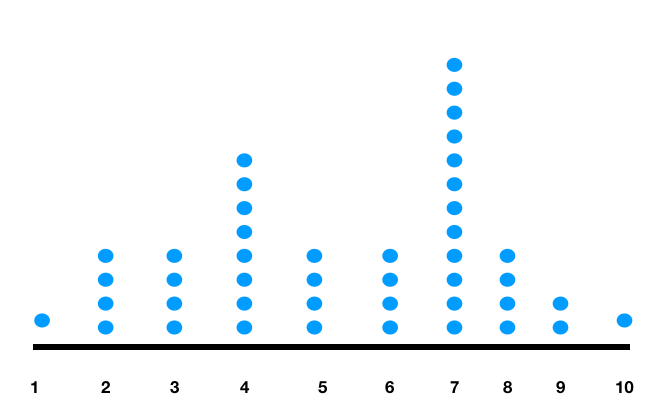Most of the schools I get to work closely with have already started along an arc of transformation from the old, rigid, teacher-centric model to something that approaches deeper learning. Most have crossed the mental Rubicon, at least at the leadership level, that standing still is not an option. The task of these communities is to broaden the understanding of “why” they must change, and then dig straight into the work of “what” and “how”.
What if your school is not one of these? What if the school leader is alone in understanding the “why”, or if other community stakeholders, particularly large groups of the faculty, do not see the need to change what they have done in the past? How do we get this conversation started in ways that nurture the possibility of change?
A first question to pose for discussion: “Is what we are doing working?” And, “If not, are we willing to change?”
The mechanics of these discussions are absolutely critical. Throw those two questions out to an entire room of 30 or 100 teachers during the opening week of school, and the most likely result will be one of two: either a few people will give their responses and everyone else will listen and shut down, or the discussion will quickly devolve into a chaos of tactical-level problems deep in the weeds of everyday school life.
As frequent readers know I prefer open questions with rapid responses on post-it notes to find and display what people really think about their work, their school, and their culture:
- Describe a moment of peak learning in your life…
- What one word would you hope describes your school…
- What if…
- What do you hope, want, and wish for your students…
I am adding a few more to this quiver of rapid response generators, particularly for underperforming schools where even the thought of change is something new, where, in the words of our friend and colleague Eric Juli, “students just don’t know how to learn and teachers don’t know how to effectively teach”. This sounds like a horrible indictment, but it is not; it is bringing a condition into the light where we can find tremendous opportunities for better results for the hard work our students and teachers put in. For each prompt, everyone quickly notes down a number from 1-10 on a post it note or scrap of paper…completely anonymous.
- “I have hope that our students can learn at a level high enough that they can be successful after high school.”
- “I am willing to change what I do to ensure higher levels of student success.”
- “I am eager to change what I do to ensure higher levels of student success”.
- “I teach in order to have a steady job (1) or to transform the lives of my students (10)”
One person gathers and, on a simple number line on the wall or whiteboard, stacks dots for each response, so you get something that looks like this:

Each prompt will take no more than three minutes, and in a quarter of an hour we have a pretty good, HONEST view of the “change culture” of our school. Why is this mapping of our attitudes important? Because professional development on something like project-based learning, or deep reading, or a new math curriculum is often a waste of time until we have a school culture that wants to change. Intrinsic motivation is every bit as important to adult learning as to student learning.
What other prompts or questions might you add to help map your school culture and willingness to change? Please share, and I will re-share and use them!












Leave A Comment